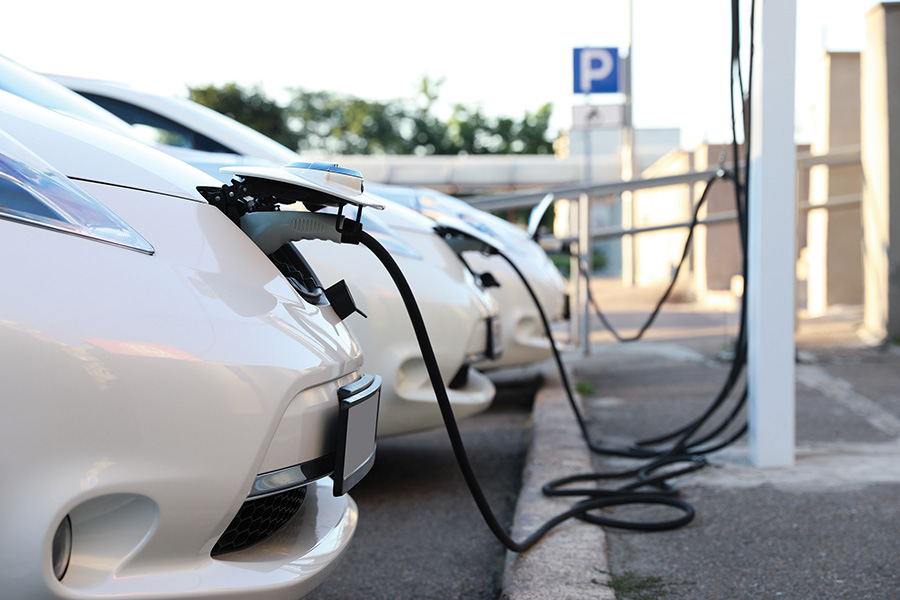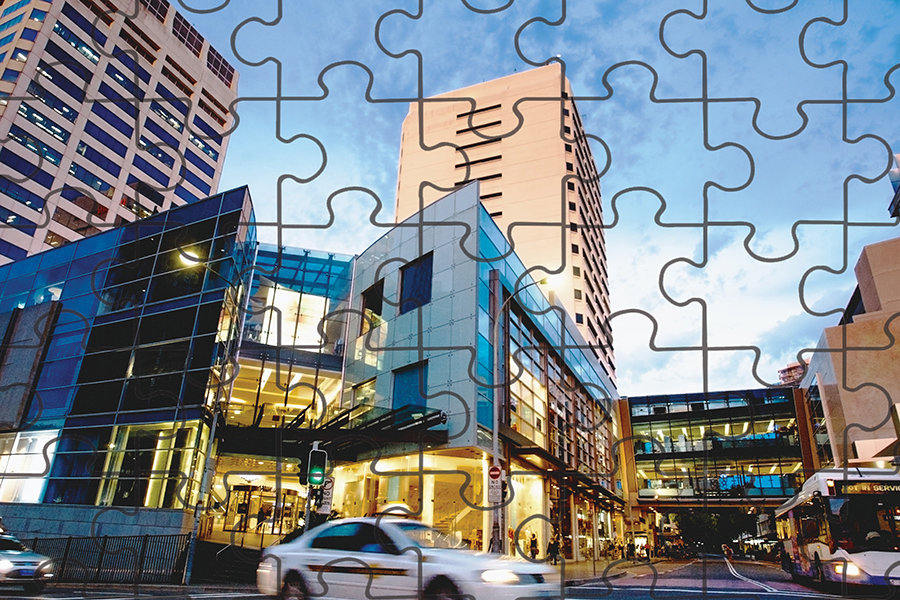We’re in the midst of the fourth industrial revolution! It’s an age of ‘connectivity’ – connecting the physical world with the new virtual world! It has ramifications for our centres…
Last year, at a national convention centred on parking experience, a major national owner of shopping centres opened their keynote address with the controversial statement “We can imaging a future of shopping centres without car parks.”
You could have heard a pin drop as most of the audience was heavily invested in building things like car park infrastructure, parking guidance, smart car technology, parking data capture and the like. The rumblings could be heard throughout the conference hall, “That’s not possible… you can’t do that… what does this mean… say what?”
If we look back in history, mankind has created striking innovations all throughout its evolution. Industry has benefited from these qualitative advancements that have created such an overwhelming change we have dubbed them ‘revolutions’.
Mechanisation was at the heart of the first industrial revolution in 1765. Energy sources (electricity, gas and oil) drove the second industrial revolution in 1870. The rise of electronics and biotechnology led the third industrial revolution in 1969.
Today we are in the midst of the fourth industrial revolution that is driven by digitisation that enables us to connect our physical world with a new virtual world. Welcome to the IIoT – The Industrial Internet of Things.
By 2025 there will be more than 50 billion connected objects. Smart cities will improve the comfort of residents, improve the environment and offer integrated transport networks.
Connected vehicles integrate systems to collect and distribute information and encompass artificial intelligence and machine learning abilities.
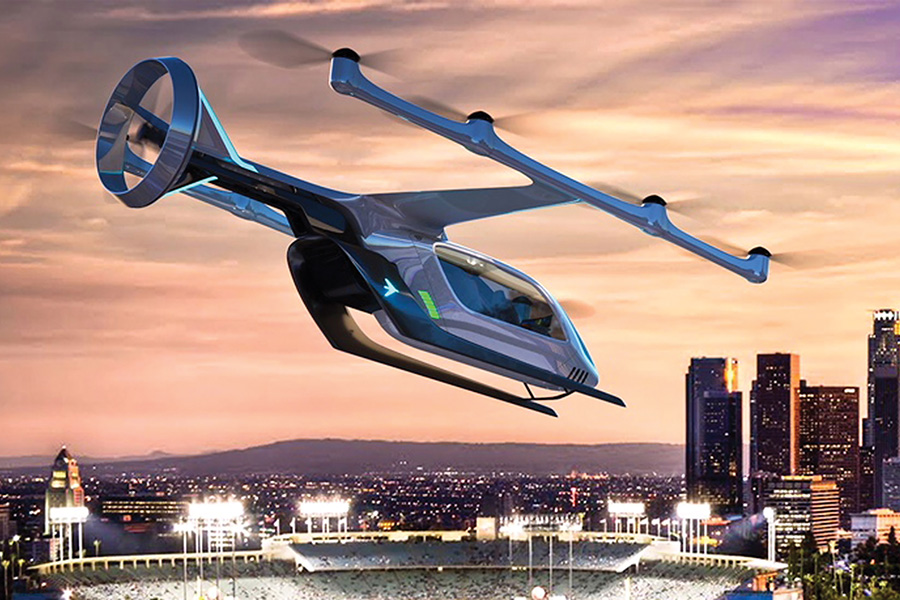
Last month, Cynthia Whelan, Chief Strategy and Business Development Officer at Scentre Group, announced an infrastructure partnership with Uber Air to develop flight-sharing services with an initial focus on Melbourne as the preferred city.
Additional cities targeted by Uber include the US cities of Dallas and Los Angeles. Current plans are for commercial operations to begin in Australia from 2023, a target date that Jake Whitehead, a University of Queensland researcher says is achievable from a technological perspective. Other Australian partners include Melbourne Airport, Macquarie Capital and Telstra who will develop the network infrastructure and connectivity requirements.
The Uber hook-up with Scentre Group has revolutionary implications. As Cynthia Whelan states, Scentre Group offers an extraordinary platform of 41 Westfield living centres with more than 535 million customer visits annually and 65% of Australia’s population residing within 30-minutes of a Westfield living centre. Couple this with Australia’s positive embrace of Uber with more than 3.8 million trips annually, and Melbourne’s culture of innovation and technology, and you have a great platform from which to develop technology driven industrial revolution.
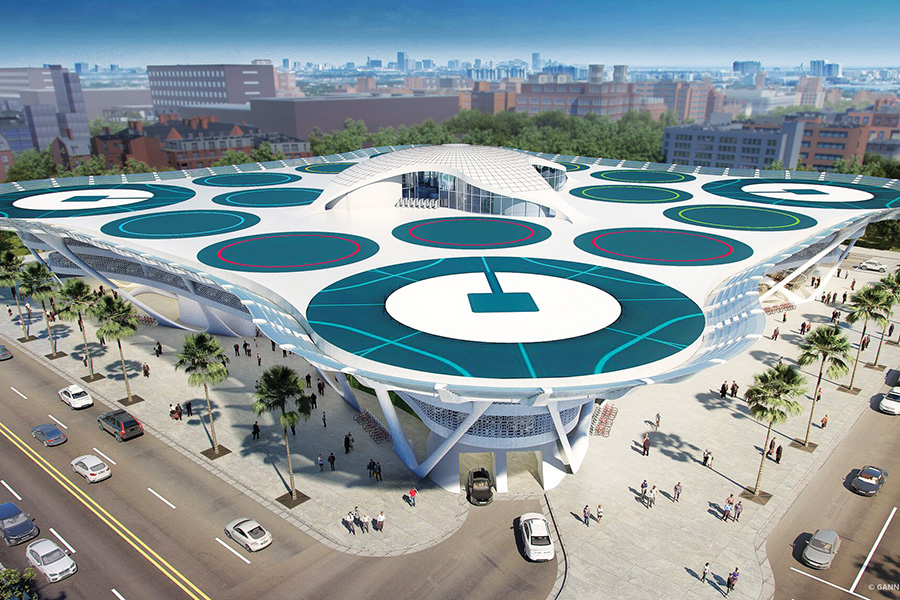
In terms of modern Australian cities there are real problems to be solved with respect to congestion and human productivity. Congestion currently costs the Australian economy $16.5 billion annually and is set to increase to $30 billion by 2030. In my previous article, on the subject of designing for wellness, the Global Wellness Institute cites that urbanisation is growing at 2% every five years and that densely populated areas are associated with reduced subjective wellbeing and individual life-satisfaction.
These findings provide significant grounds for the continued investment in technology and integrated systems to help benefit individual welfare and society as a whole.
Of course the process of the ‘connectivity revolution’ is not an instantaneous one. In the case of Uber Air, there will be significant discussions with authorities and regulators such as the Civil Aviation Authority with respect to aircraft design, airport infrastructure, communication systems and autonomous travel safety. The more immediate outlook is likely to involve the integration of traditional vehicle based infrastructure with an urban aviation rideshare network.
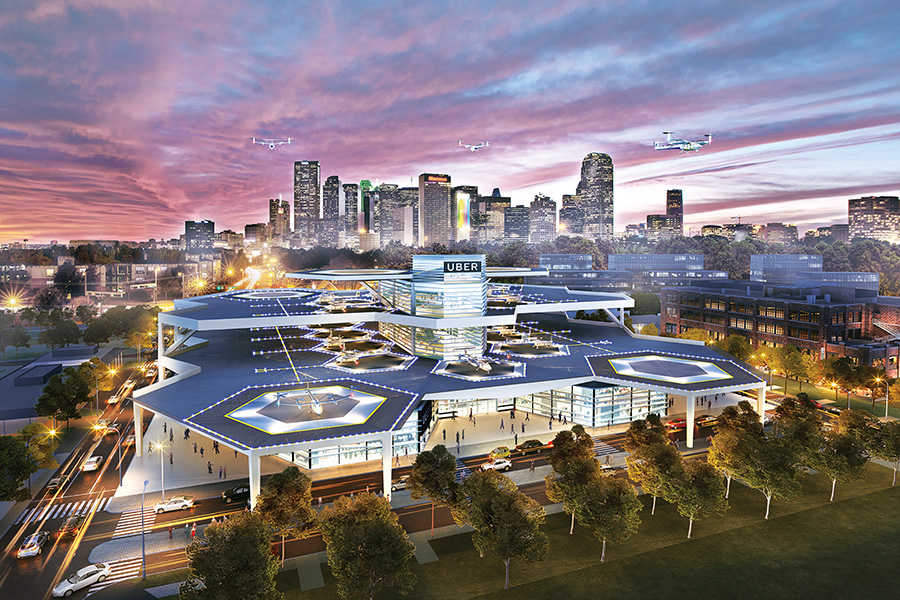
The connectivity revolution is not just limited to transportation and mobility. The scope is much broader with many companies shaping a digitally connected world for a decade. Cities today consume more than 75% of the world’s energy and cause more than 80% of all greenhouse-gas emissions. Going forward the quality of life in cities will depend on intelligent and connected solutions.
Adam Beck, Executive Director of the Smart Cities Council for Australian and New Zealand, states, “we are living in the age of the city and there is no better opportunity to accelerate sustainable outcomes than to embrace the opportunities through technology, data and intelligent design.”
In their Smart Cities report published in 2018, The McKinsey Global Institute (MGI) talks to a broad concept of adding digital intelligence whereby cities can improve quality-of-life indicators by 10-30%. It’s about doing more with less and enabling users to make better choices and modify their behaviour. Tangible outcomes could mean saving lives, increasing safety, reducing crime, reducing the disease burden and waste, shaving the average commute, optimising the product supply chain, reducing the cost of living and boosting social connectedness and engagement. This form of digital disruption may impact some traditional industries with a re-evaluation of products and services to meet higher expectations of quality, cost and efficiency. Transitioning to a smarter city is not a goal but a means to an end whereby the environment is designed more effectively and dynamically to meet the needs and desires of residents.
A connected world helps cities and their inhabitants get more from their assets and their investments. There is no getting around the need to invest in physical assets and maintenance. Using the right combination of traditional construction with smart solutions that include digital connectivity can reduce planning cycles and time to market. Building things smarter can mean building them smaller or quicker.
A future of shopping centres without car parks is possible but maybe not in this generation. What is certain is that engaging in the discussion to embrace the connectivity revolution will result in positive change that provides higher standards of living and more equitable environments.




